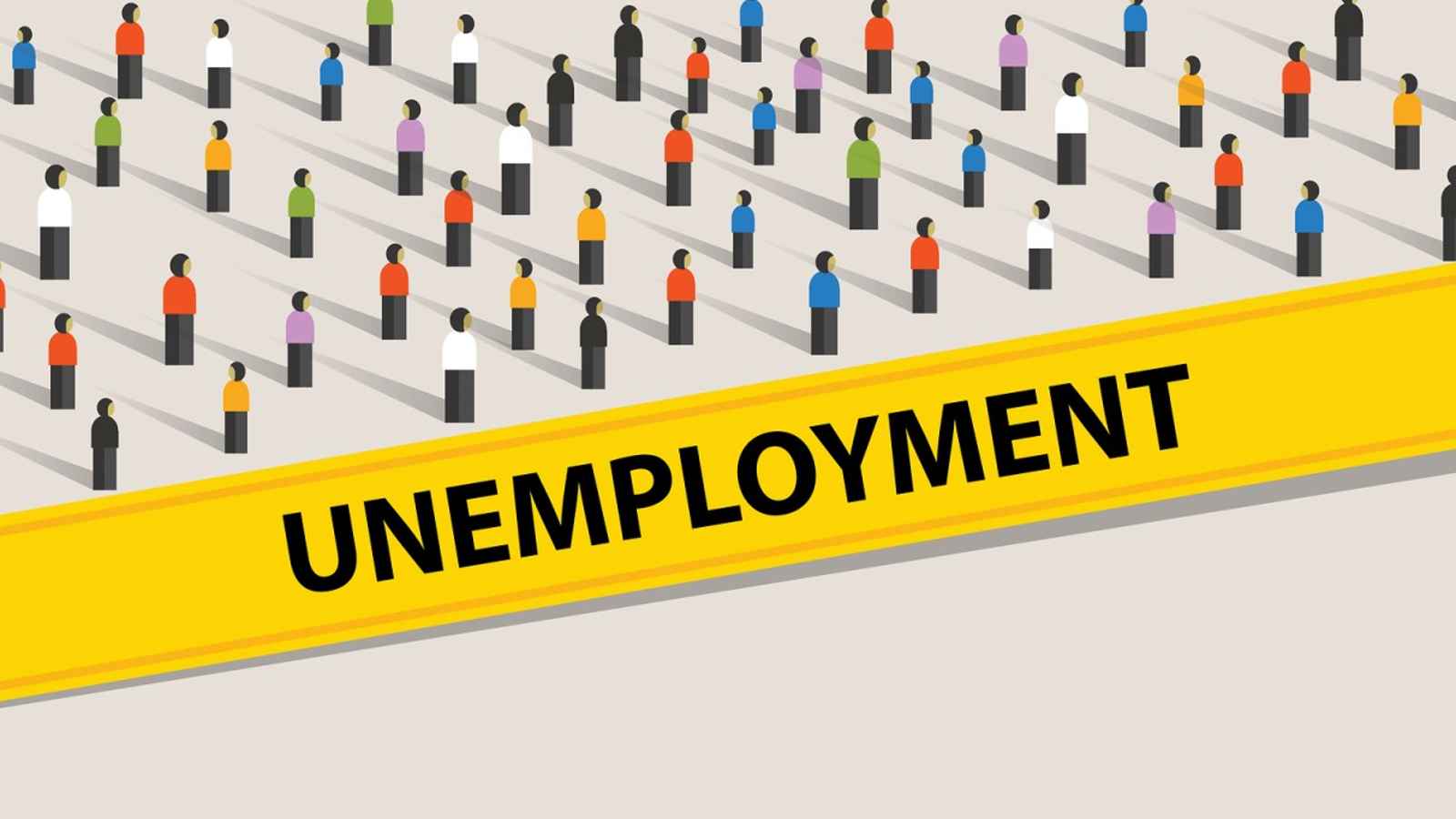US Unemployment Rate: The US economy added 275,000 new jobs in February, more than the 198,000 experts had predicted, according to Bureau of Labor Statistics reports. The amount exceeded both the January 229,000 corrected figure and the January 255,000 monthly average for 2023.
For the second year in a row, the unemployment rate stayed below 4%, marking the longest such period in more than 50 years. It did, however, gradually increase from 3.7% to 3.9%, and the job market is still appearing to be in good shape.
The average hourly wage increased by 0.1% in February and has now increased by 4.3% over the previous 12 months. When all the statistics are combined, the overall result is “Not too hot, not too cold.” Perfect, according to Moody’s Analytics chief economist Mark Zandi.
In its carefully watched employment report released on Friday, the Labor Department’s Bureau of Labor Statistics reported that nonfarm payrolls climbed by 275,000 jobs last month. The number of new jobs created in January was cut from 353,000 to 229,000.
California Unemployment Benefits 2024: All You Need To Know
US Unemployment Rate: Will the rate of interest decline?
The central bank’s policymakers will review the most recent economic statistics in advance of their two-day meeting that starts on March 19. When they conclude on Wednesday, March 20, it is generally anticipated that the Federal Reserve will maintain the current federal funds rate.
To set its interest rate policy and bring inflation back to its target of 2%, the Federal Reserve has been closely observing the economic data as it is released. Strong job growth, low unemployment, and robust pay growth—albeit not as bubbly as in 2022—have been reported in monthly figures.
Fed Chair Jerome Powell told lawmakers this week that rate cuts would “likely be appropriate” later this year, but emphasized they “really will depend on the path of the economy.”
Overall Job Gains
Employment increases last month were dominated by cyclical industries like government and healthcare, which are still restoring staffing levels that were cut during the COVID-19 pandemic. Still, the range of employment increases kept getting wider.
Payrolls in the healthcare industry grew by 67,000, primarily due to hiring in hospitals, nursing homes, and residential care facilities in addition to ambulatory healthcare services. The government employed 52,000 more people overall, including at the local and federal levels. Bars and restaurants created 42,000 new jobs.



